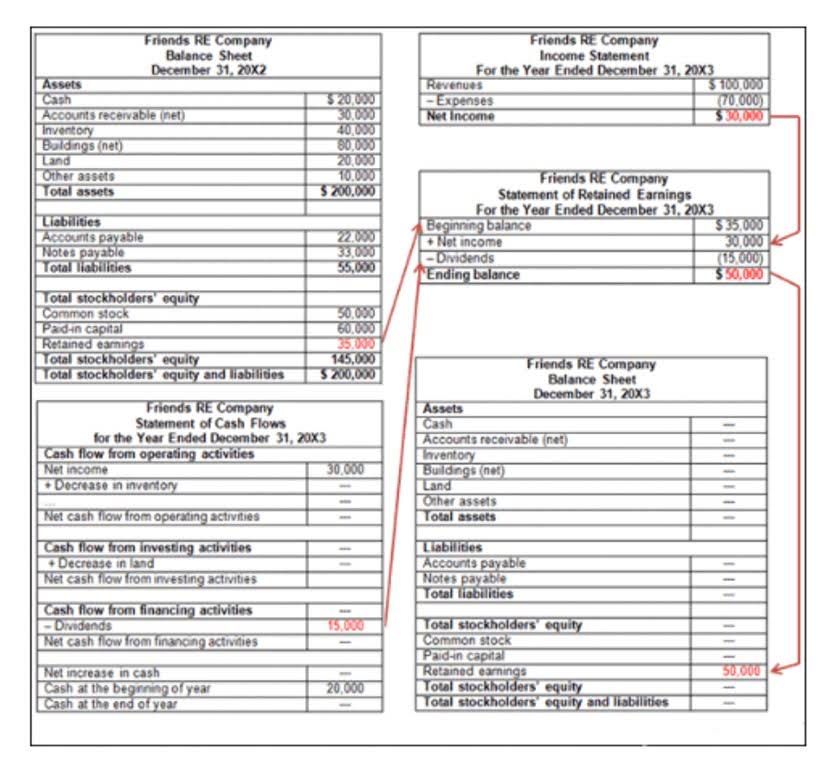
In the corporate context, personnel who ensure that accounts have accurate balances include bookkeepers, accountants and financial managers. Cost controllers and budget supervisors also help with record-keeping and reporting. This is a non-operating or “other” item resulting from the sale of an asset (other than inventory) for more than the amount shown in the company’s accounting records. The gain is the difference between the proceeds from the sale and the carrying amount shown on the company’s books. Sales are reported in the accounting period in which title to the merchandise was transferred from the seller to the buyer.
What are examples of debits and credits?
So, when an organization has expenses and losses, it will typically owe money to someone. When we talk about the “normal balance” of an account, we’re referring to the side of the ledger. Similarly, if a company has $100 in Sales Revenue and $50 in Sales Returns & Allowances (a contra revenue account), then the net amount reported on the Income Statement would accounting natural balances be $50. By contrast, a company in financial trouble will often have more liabilities than assets. You can use a cash account to record all transactions that involve the receipt or disbursement of cash. Four additional levers could affect the agriculture baseline but would require close partnership between the agriculture sector and downstream sectors.
Normal balance FAQs
- This allows organizations to identify errors, mistakes and pitfalls which can be remedied quickly and prevent larger issues in the future.
- A debit is an accounting entry that creates a decrease in liabilities or an increase in assets.
- To better visualize debits and credits in various financial statement line items, T-Accounts are commonly used.
- Some companies are starting to acknowledge dimensions of nature such as biodiversity loss, but very few have set quantified targets, and those commitments vary.
- Accounts with balances that are the opposite of the normal balance are called contra accounts; hence contra revenue accounts will have debit balances.
You can withdraw and deposit funds from this account and write checks as well as gain interest. If you want to keep all of your funds in one, flexible account where you have access to balance details, can use your card at ATM’s, and additional services, a money market account may be a good fit. A savings account is a great way to start building and growing your savings in an interest earning, secure setting. You still have full-time access to this account like a checking account, but it offers additional services, and it’s a separate space where you can park cash you’d otherwise be tempted to spend.
Analyzing Account Balances for Accuracy
Revenue is the income that a company earns from its business activities, typically from the sale of goods and services to customers. It’s essentially what’s left over when you subtract liabilities from assets. When owners invest more into the business, you credit the equity account, hence, it has a normal credit balance. Under the accrual basis of accounting the account Supplies Expense reports the amount of supplies that were used during the time interval indicated in the heading of the income statement.

Learn How NetSuite Can Streamline Your Business
(We credit expenses only to reduce them, adjust them, or to close the expense accounts.) Examples of expense accounts include Salaries Expense, Wages Expense, Rent Expense, Supplies Expense, and Interest Expense. Forecasting, on the other hand, uses normal balances to estimate the financial outcomes of various scenarios. By applying expected transactions to the normal balances of accounts, financial professionals can simulate the effects of business decisions on the company’s financial trajectory. This forward-looking approach is instrumental in strategic planning and risk management, as it allows businesses to prepare for potential financial challenges and opportunities. Debits increase asset, loss and expense accounts; credits decrease them. Credits increase liability, equity, gains and revenue accounts; debits decrease them.

When a company earns revenue, the revenue account is credited, reflecting the increase in the company’s assets or the settlement of a liability through its business activities. Conversely, any adjustments or returns that reduce revenue are recorded as debits. The accurate recording of revenues is essential for assessing the company’s performance and profitability over a period. This transaction will require a journal entry that includes an expense account and a cash account.
A normal balance is the side of the T-account where the balance is normally found. When an amount is accounted for on its normal balance side, it https://www.bookstime.com/ increases that account. On the contrary, when an amount is accounted for on the opposite side of its normal balance, it decreases that amount.
- They’re unique because they allow you to invest your money in the stock market, and they offer tax advantages.
- As a result, companies need to keep track of their expenses and losses.
- The key to understanding how accounting works is to understand the concept of Normal Balances.
- Without accurate accounting, businesses risk making costly mistakes that can have long-term consequences.
- Humane spent five years building a device to disrupt the smartphone — only to flounder.
Manage Debits and Credits With Accounting Software

After these transactions, your Cash account has a balance of $8,000 ($10,000 – $2,000), and your Equipment account has a balance of $2,000. Debits and credits are considered the building blocks of bookkeeping. A credit may be referred to as “CR” — these are the shortcut references. Marquis Codjia is a New York-based freelance writer, investor and banker. He has authored articles since 2000, covering topics such as politics, technology and business. A certified public accountant and certified financial manager, Codjia received a Master of Business Administration from Rutgers University, majoring in investment analysis and financial management.
When you compile the above data into an accounts chart you can see whether all of your accounts have the expected normal balance. This quick chart tells you what the normal balance is for each type of account. You can also see how a debit or credit entry impacts each type of account. This means that when you increase an asset account, you make a debit entry. For instance, when a business buys a piece of equipment, it would debit the Equipment account. If the rented space was used to manufacture goods, the rent would be part of the cost of the products produced.
As a contra revenue account, sales discount will have a debit balance and is subtracted from sales (along with sales returns and allowances) to arrive at net sales. Revenues and gains are recorded in accounts such as Sales, Service Revenues, Interest Revenues (or Interest Income), and Gain on Sale of Assets. These accounts normally have credit balances that are increased with a credit entry. That normal balance is what determines whether to debit or credit an account in an accounting transaction.